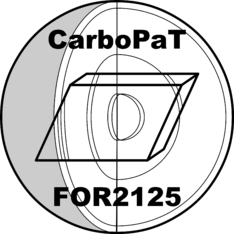Phase stabilities of carbonates at high pressures and temperatures studied in the LH-DAC by CARS and TRLFS
In project 1 we employ new experimental techniques in order to overcome conventional limits in Raman spectroscopy – a technique which is used for several decades to get insights on the properties of a wide range of materials and minerals. Our goal is to understand phase relations of carbonates, which play an extraordinary role in planetary processes like the global carbon cycle. Our laboratory techniques allow us to reconstruct pressure and temperature conditions comparable to the Earth mantle. To do so, we use diamond anvil cells to generate the pressure and high power lasers to heat the sample to temperatures above 1000 K. Most of the in situ experiments are under these extreme conditions.
Besides studying pure materials, we investigate reactions between different materials – e. g. between carbonates and silicates.
Our spectroscopic methods include Raman and time-resolved fluorescence spectroscopy. The spectroscopic studies are supplemented by X-Ray diffraction – as we do have access to large research facilities like PETRA III in Hamburg and ESRF in Grenoble – as well as in-house diffractometers in our Frankfurt laboratories. We complement our experiments by DFT model calculations.






